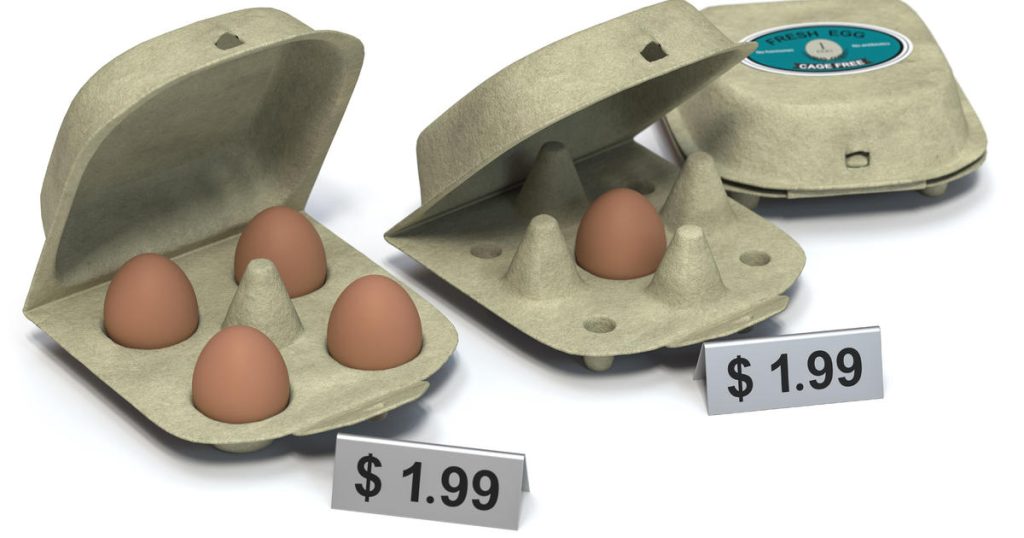Americans are facing higher prices after inflation due to shrinkflation, a trend where companies reduce the size of products while keeping prices stable. This results in consumers paying the same amount for a smaller quantity of a product. About one-third of consumer products tracked by LendingTree have shrunk since the pandemic, with household paper products being the worst offenders. Shrinkflation has become more common post-pandemic as corporations try to manage higher manufacturing costs without raising prices.
Inflation has slowed in recent months after hitting a three-year low. However, shrinkflation remains a concern for consumers, with about 7 in 10 reporting noticing the trend in the past year. This makes budgeting more challenging for consumers, as the reduced size of products may not be readily noticeable, leading to distortions in their budgets. Tracking shrinkflation can be difficult, as many people do not keep older packaging to compare with newer purchases. The trend has drawn criticism from consumers and public figures alike, with calls for companies to stop reducing the size of products.
The analysis by LendingTree found that household paper products had the highest rate of shrinkflation, with 60% of products reducing their sheet count. Breakfast foods and candy items also saw significant portion reductions, resulting in higher prices per ounce. Snack items like party-size bags of chips have also gotten smaller while prices have increased. This trend, known as skimpflation, can also involve reducing the quality of products or services to save money, impacting the overall value for consumers.
Shrinkflation can have a significant impact on household budgets, as consumers may not be prepared for smaller portions at the same prices. While rising prices due to inflation are more visible and easier to account for, shrinkflation can lead to unexpected distortions in spending. This puts further strain on the already tight financial margins of the average American, making budgeting even more challenging. As companies continue to grapple with rising costs, consumers will need to be vigilant in monitoring changes in product sizes and prices to avoid falling victim to shrinkflation.
In conclusion, shrinkflation is a concerning trend for American consumers, with many products seeing reductions in size while prices remain stable. This creates challenges for budgeting and financial planning, as the impact of shrinkflation may not be immediately noticeable. As inflation rates stabilize, it will be important for consumers to stay informed and vigilant about changes in product sizes and prices to ensure they are getting the best value for their money. Shrinkflation is a consumer phenomenon that is likely to persist as companies navigate economic uncertainties and rising costs.


